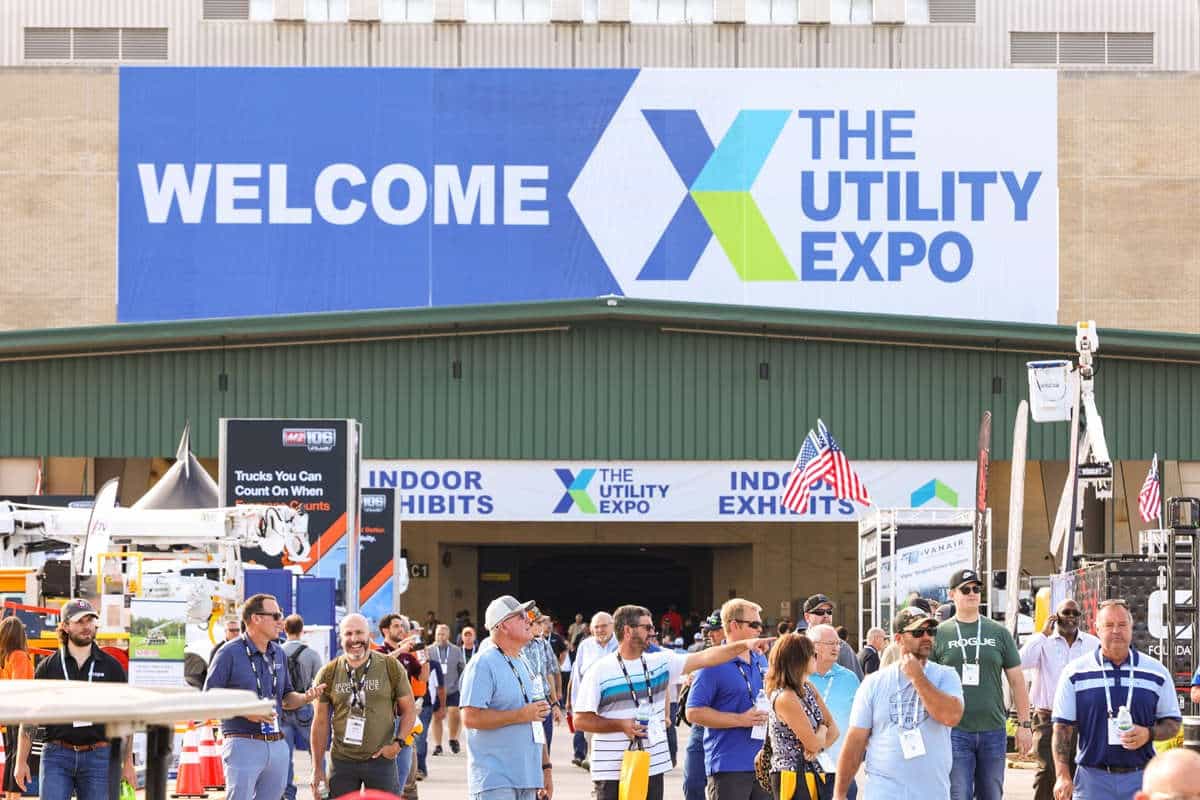NUCA Announces First Two Overall Top Jobs Winners
The competition recognizes companies that have completed difficult projects with innovation and efficiency with outstanding results.
Overall Winner 1: Vogel Bros. Building Company
The project required a complete rehabilitation of the Krause Street Wastewater Pumping Station, located in the middle of downtown Tampa, Fla. — underneath the Cross Town Expressway between the Tampa Convention Center and the Hillsborough River. The rehabilitation revolved around the removal and installation of four new VFD-controlled 400 hp fully immersible vertical centrifugal sewage pumps. The project also required all new electrical and control gear, full rehabilitation of the wetwell and replacement of all piping and valves, including four 24-in. pneumatically controlled plug check valves. To complete the work, the entire station had to be bypassed for five months. The 12-pump bypass system, capable of a peak flow of 65 MGD, was provided by Godwin Pumps. Several manholes the bypass pumps had to draw from were located in the middle of Ashley Drive, which was closed to traffic, but patrons exiting the Convention Center required a single lane for the duration of the project. The bypass system point of connection was a new 54-in. by 36-in. hot tap on a 30-year-old PCCP line. This line was located in an encasement 10 ft from the outer wall of the Tampa Convention Center and 10 ft from the foundation supports for the Tampa Crosstown Expressway. This excavation required two, three-sided guide frame systems provided by Trench Plate Rental Co. to allow for the installation of the tapping saddle, valve and hot tap.

Following a bathymetric survey, it was determined two 24-in. HDPE lines could provide enough flow while still allowing 8 ft of draft down the middle of the channel when sunk in place. Fifteen 900-lb concrete ballast were attached to each pipe to sink them in place. The time required to float the 600 +/- ft of each pipe across the river, connect them and sink them was approximately eight hours. Therefore, the bypass installation had to be completed at night and the river had to be closed to all traffic. The process had to be permitted and approved by the Coast Guard. The emergency repair was designed, permitted and completed within eight weeks of being discovered.
The Krause Master Pump Station collects flows from the southwestern portion of downtown Tampa and Davis Island. Each of those areas includes many commercial establishments that cannot afford to ever lose functionality. This project allowed for the continued use of the pump station that has been in operation in the same location for 70+ years. The new design of the station now allows for its continued use even during a natural disaster when the river could reach its 100-year-flood level. A specialized metal platform was built inside the station to raise all electrical gear above the 100-year-flood level. All electrical components below the flood level, including the pump motors, were designed to remain fully immersed for up to 72 hours.
Overall Winner 2: L.G. Roloff Construction
With the Spring Lake Park Project, L.G. Roloff provided sewer separation to the surrounding areas through the installation of new infrastructure and the rehabilitation and repurposing of existing storm and sanitary sewer pipe. The project eliminated combined sewer overflows (CSOs) to the Missouri River. In addition, the neighborhood park was revitalized and the former ‘lake’ was re-established. The project had two major components: sewer separation of the surrounding neighborhood and storm water detention/park construction.
The first phase of the project required directing the sanitary flows from the neighborhoods on each side of a valley into a new sanitary sewer system, which consisted of 1,235 lf of bored pipe and 17,060 lf of open trenched pipe, including one siphon. The existing infrastructure was repurposed, where possible, for either storm or sanitary flows. Both existing and new sewers directed storm flows into the valley, the planned location for the new park.

L.G. Roloff had to use some improvisational thinking when it encountered the unexpected obstruction of a concrete dam that was part of the outlet of the original pond. While the concrete was removed, the 60-in. casing used for auger boring seized and was left in place. Using a smaller casing, construction made it the rest of the way through the dam. The company installed 48-in. Hobas pipe inside both sections of casing and the annular space was grouted. This replaced the original plan to install 48-in. RCP pipe by jacking out the 60-in. casing.
Spring Lake Park was the first project where the City of Omaha used an existing park to retain storm water, which is an excellent example of coupling existing systems with new and green infrastructure to reduce costs and improve the environment. The project was a wonderful model of public and private collaboration. Completion of this project played a key role in reducing combined sewer overflows into the Missouri River and Papillion Creek, as well as improving the water quality.
Read more about Top Jobs here.






